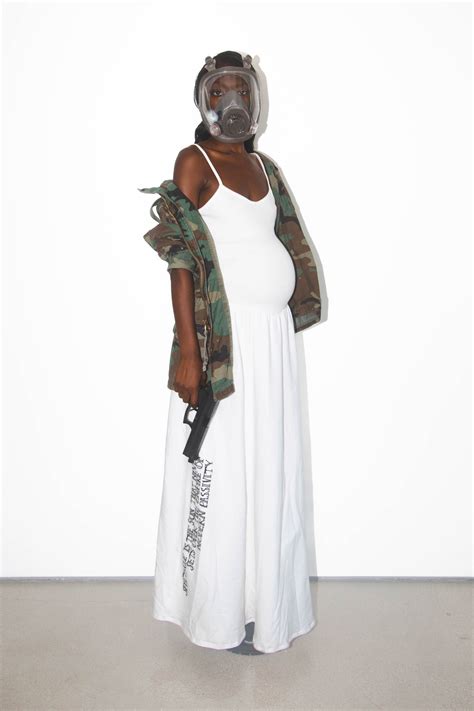chloe sevigny imitation of christ ,imitation of christ designs,chloe sevigny imitation of christ, Fashion Reverie looks back on the controversial fashion brand, Imitation of Christ. Like several popular fashion brands launched in the early 2000s—Heatherette, Cloak, Juicy Couture, Winter Kate, House of Harlow, and . A good time to buy your first Rolex watch is when you have enough discretionary income to where you can afford the model you want. Our average Rolex buyer is 40 to 45 years old, but we have recently experienced a 15% increase in younger buyers in their mid to late twenties. But they all share the same love and appreciation for what it means to .

In the world of avant-garde fashion, few names stand out quite like Imitation of Christ (IOC), a label that consistently pushes boundaries with its innovative designs and its rebellious attitude toward the fashion establishment. Founded in 1999 by actress and designer Tara Subkoff, Imitation of Christ has carved its niche in both the fashion world and the cultural zeitgeist, thanks to its fearless approach to design and its ability to capture the intersections of art, fashion, and personal identity. But when Chloë Sevigny, a frequent muse and long-time supporter of Subkoff’s vision, became part of an iconic moment in IOC’s history, the collaboration would take on a life of its own.
One such moment occurred when actress and designer Tara Subkoff, alongside her collaborator Matthew Damhave, staged their very first Imitation of Christ fashion show at the Vermont and Santa Monica Redline station in Los Angeles. This unconventional location—an urban subway station—would mark a turning point in IOC’s trajectory and is remembered as a moment of high fashion meeting the gritty reality of everyday life.
The show, which took place in 2001, was not just a spectacle but a social commentary on the intersections of style, class, and the urban landscape. It was an event that would forever mark Imitation of Christ as more than just a fashion brand—it would be recognized as an embodiment of postmodern, anti-couture creativity that challenged the norms of what fashion should be.
Imitation of Christ: A Brief History and Evolution
Before diving into Chloë Sevigny’s role in IOC’s evolution, it is essential to first understand the context and vision behind the brand itself. Imitation of Christ began as a means of critiquing the exclusivity of high fashion. Subkoff, who had already established a name for herself as an actress, was determined to create a brand that was both accessible and avant-garde, yet also laden with meaning.
The brand's name itself—Imitation of Christ—was a deliberate choice that carried with it layers of meaning. The reference to Christ's life and death signified sacrifice, reinvention, and questioning societal norms. Much like Subkoff’s design ethos, the name proposed a kind of divine rebellion, a critique of the fashion system that often commodified and exploited artistry for commercial gain.
Imitation of Christ’s early designs were characterized by a DIY sensibility that sought to deconstruct the traditional fashion show model. Instead of showcasing garments in traditional runways, Subkoff and her collaborators favored alternative, offbeat locations and formats. These included a series of guerilla-style fashion shows, like the aforementioned Redline station show, where fashion was presented in places that challenged traditional conceptions of where art and fashion could exist.
The designs themselves ranged from distressed clothing to more conceptual, emotionally-charged pieces. The clothes were often intentionally imperfect—patched, torn, and frayed—conveying a sense of fragility and an exploration of fashion as an expression of vulnerability. These pieces were not just garments, but reflections of a generation’s disillusionment with consumer culture and a desire to find meaning beyond materialism.
Chloë Sevigny: A Muse and Collaborator
When Chloë Sevigny entered the picture, she immediately became a central figure in the Imitation of Christ narrative. Sevigny, known for her eclectic and boundary-pushing style both on and off the screen, was the perfect fit for Subkoff’s brand. Their partnership was not one of mere design and modeling; it was an ideological collaboration that would come to define a particular moment in fashion and art history.

chloe sevigny imitation of christ There are lots of people who will pay $20 for a bag that says it's a Louis Vuitton bag and a watch that says it's a Rolex watch because they want the prestige of the brand, but they don't want to pay for the genuine TMed product, and they're ripping off those brand's rightsholders who spent a lot of money to create the prestige in those brands and infringing .
chloe sevigny imitation of christ - imitation of christ designs